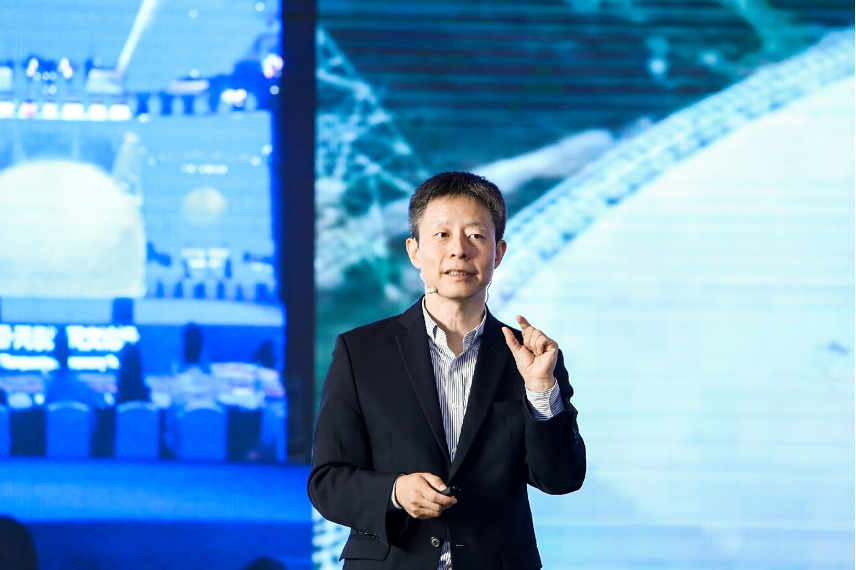Title: How FAST’s Bridging the Two Centuries -- Faraday Style
Speaker: Di Li 李菂
Institute: National Astronomical Observatories of China
Host: Siyi Feng
Time: 14:30-16:30, Thursday, September, 16
Location: Physics Building 552 (online)
Abstract:
Towering over the 20th century radio astronomy, the scientific engineering wonder that was Arecibo telescope was a direct child of the cold war. Its imaginative vision changed the landscape of astronomy in profound aspects. It was not alone. Modern astronomy and the human’s view of cosmos are being dominated by crossing-over technologies. FAST extends such vision and trends. Based on novel and proprietary technologies, we have realized unprecedented commensality between pulsar and HI observations. The thus designed Commensal Radio Astronomy FAST survey (CRAFTS) is recording four data streams simultaneously of pulsar search , HI imaging, HI galaxies, , and FRB/SETI, respectively, promising a thousand new pulsars, 10 billion HI voxels, 500K galaxies, and a few 10s FRBs. From CRAFTS related programs, among the notable discoveries so far are a double-neutron star system (DNS), more than 40 milli-second pulsars (MSPs), 6 new single-burst FRBs, the large FRB burst sample (more than all previous publications combined, the first evidence for 3D alignment between pulsar spin and spatial velocities, the most stringent limit on OH abundance in galaxies, etc. FAST is bridging the two centuries in a Faraday style.
Bio:
Dr. Li, a radio astronomer, is the Chief Scientist of both FAST and the radio division of NAOC. He pioneered several observing and data analysis techniques, including HI narrow self-absorption (HINSA) and a new inversion algorithm for solving the dust temperature distribution. These techniques facilitated important measurements of star forming regions, such as their formation time scale. Dr. Li has led multiple discoveries, including the first detection of interstellar molecular oxygen, the first new pulsar and the first new Fast Radio Burst (FRB) discovered by FAST. He won the National Research Council (US) Resident Research Fellow award (2005) based on “his outstanding research capabilities” and as “a result of national competition”. He won (as a member) the NASA outstanding team award (2009). He won the 2017 Distinguished Achievement Award (as a major contributor) of the Chinese Academy of Sciences (CAS). He took on many leading and/or advisory roles in national and international organizations, including the Steering Committee of Australia Telescope National Facility (ATNF), the “Cradle of Life” science working group (as a co-chair) of the Square Kilometer Array, the CAS Major-facilities Guidance Group, and the advisory panel of the Breakthrough Listen initiative.

Ref: